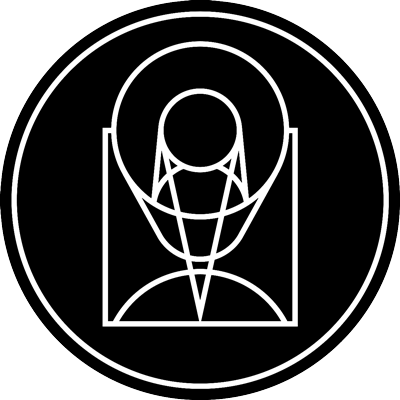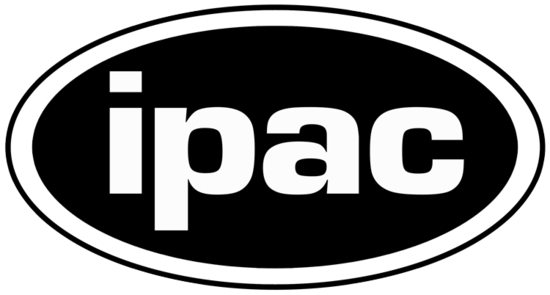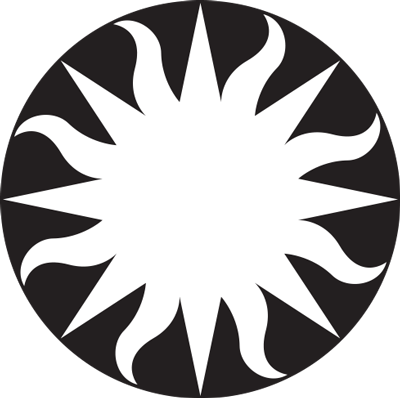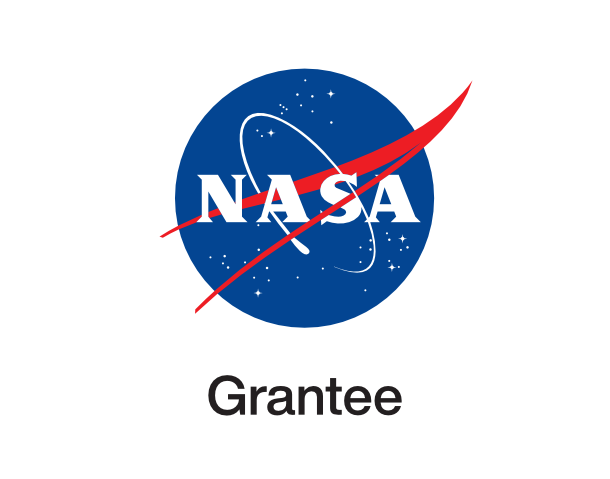Flame Nebula in Visible and Infrared Light

stsci_2025-105a February 14th, 2025
Credit: NASA, ESA, CSA, STScI, M. Meyer (University of Michigan), M. De Furio (UT Austin), M. Robberto (STScI), and Alyssa Pagan (STScI)
his collage of images from the Flame Nebula shows a near-infrared light view from NASA’s Hubble Space Telescope on the left, while the two insets at the right show the near-infrared view taken by NASA’s James Webb Space Telescope. Much of the dark, dense gas and dust, as well as the surrounding white clouds within the Hubble image, have been cleared in the Webb images, giving us a view into a more translucent cloud pierced by the infrared-producing objects within that are young stars and brown dwarfs. Astronomers used Webb to take a census of the lowest-mass objects within this star-forming region.
The Hubble image on the left represents light at wavelengths of 1.05 microns (filter F105W) as blue, 1.3 microns (F130N) as green, and 1.39 microns (F139M) as red. The two Webb images on the right represent light at wavelengths of 1.15 microns and 1.4 microns (filters F115W and F140M) as blue, 1.82 microns (F182M) as green, 3.6 microns (F360M) as orange, and 4.3 microns (F430M) as red.
Provider: Space Telescope Science Institute
Image Source: https://webbtelescope.org/contents/news-releases/2025/news-2025-105
Curator: STScI, Baltimore, MD, USA
Image Use Policy: https://www.stsci.edu/copyright

- ID
- 2025-105a
- Subject Category
- B.4.1.2
- Subject Name
- Flame Nebula, NGC 2024
- Credits
- NASA, ESA, CSA, STScI, M. Meyer (University of Michigan), M. De Furio (UT Austin), M. Robberto (STScI), and Alyssa Pagan (STScI)
- Release Date
- 2025-02-14T10:15:00
- Lightyears
- 1,400
- Redshift
- 1,400
- Reference Url
- https://webbtelescope.org/contents/news-releases/2025/news-2025-105
- Type
- Observation
- Image Quality
- Good
- Distance Notes
- Distance in lightyears
- Facility
- Hubble, Hubble, Hubble, Webb, Webb, Webb, Webb, Webb
- Instrument
- WFC3/IR, WFC3/IR, WFC3/IR, NIRCam, NIRCam, NIRCam, NIRCam, NIRCam
- Color Assignment
- Blue, Green, Red, Blue, Blue, Green, Orange, Red
- Band
- Infrared, Infrared, Infrared, Infrared, Infrared, Infrared, Infrared, Infrared
- Bandpass
- Central Wavelength
- 1050, 1300, 1390, 1150, 1400, 1820, 3600, 4300
- Start Time
- Integration Time
- Dataset ID
- Notes
- Coordinate Frame
- ICRS
- Equinox
- 2000.0
- Reference Value
- 85.42401248657, -1.90973513780
- Reference Dimension
- 6106.00, 4344.00
- Reference Pixel
- 2145.76590496734, 2086.97222074209
- Scale
- -0.00003564182, 0.00003564182
- Rotation
- 27.30852322660
- Coordinate System Projection:
- TAN
- Quality
- Full
- FITS Header
- Notes
- Creator (Curator)
- STScI
- URL
- https://www.stsci.edu/
- Name
- Space Telescope Science Institute Office of Public Outreach
- outreach@stsci.edu
- Telephone
- 410-338-4444
- Address
- 3700 San Martin Drive
- City
- Baltimore
- State/Province
- MD
- Postal Code
- 21218
- Country
- USA
- Rights
- https://www.stsci.edu/copyright
- Publisher
- STScI
- Publisher ID
- stsci
- Resource ID
- STSCI-J-p25105a-f-6106x4344.tif
- Resource URL
- https://mast.stsci.edu/api/latest/Download/file?uri=mast:OPO/product/STSCI_PR_2025-105/STSCI-J-p25105a-f-6106x4344.tif
- Related Resources
- Metadata Date
- 2025-04-02T13:33:20-04:00
- Metadata Version
- 1.2
Detailed color mapping information coming soon...

















